What B2B Businesses Need to Know to Break into B2C?
In the last few years, even though B2B is twice the size of the B2C business models, many B2B businesses have been eyeing and considering expanding into B2C markets. Well, it’s easy to see why—to boost revenue and to keep up with the changing consumer behaviour and expectations. However, this B2B to B2C transition isn’t as simple as it might seem! It requires a serious and strategic shift in the way businesses operate, the core B2B commerce strategies, commerce technology stack, customer experience and whatnot.
Are you too looking forward to B2B digital transformation? This guide will break everything down to help you understand what your B2B business really needs to consider when taking a leap into B2C.
Understanding the shift: B2B vs. B2C businesses
If you are handling a B2B business model, then you know that your world is centred around selling products or services to other businesses. It involves longer sales cycles, big bulk orders, and tailored agreements.
In contrast to that, the B2C business model is a whole different ballgame. Here, the focus shifts to individual buyers who expect quick sales, mass marketing and a smooth, hassle-free experience.
| Sales cycle | B2B deals often have longer sales cycles involving multiple stakeholders, while B2C sales happen quickly and are often impulse-driven. |
| Purchase volume | B2B transactions usually involve large quantities, while B2C orders are smaller and more frequent. |
| Customer relationship | B2B relationships are built over time and emphasise strong, ongoing partnerships. In B2C, customer loyalty must be earned repeatedly, often through personalised experiences and engagement. |
| Pricing models | B2B often involves negotiated pricing, whereas B2C focuses on transparent, often fixed pricing for products. |
Table 1: Key differences between B2B and B2C business models
Key considerations for B2B enterprises entering B2C
1. Customer experience (CX) is king
Customer experience is the main driving factor in B2C businesses. Modern customers expect seamless, more personalised interactions with the brand across all touchpoints—whether they’re browsing your online store, checking out your social media handles, or interacting via a mobile app.
Unlike B2B buyers, B2C customers rarely have a dedicated account manager to guide them along the way, meaning your CX must compensate through accessible and frictionless digital experience to fill that gap.
Tips for success
- Invest in UX: Ensure your commerce platform is intuitive (easy to use), visually appealing, and easy to navigate. You know they say, a seamless experience can be the difference between a sale and an abandoned cart.
- Omnichannel engagement: Be present where your customers are, whether that's on your website, social media, mobile apps, or marketplaces. But don’t just show up! Make sure that you create consistent and personalised experiences across all channels.
- Customer support: Customers expect quick answers. Offering live chat, chatbots, or even a self-service help centre can ensure you’re addressing their questions in real-time, keeping them engaged and satisfied.
2. Revisit your tech stack
The right Digital Experience Platform (DXP), integrated with a flexible commerce solution, can be the backbone of your transformation.
Transitioning to B2C isn’t just about changing your sales strategy, it also means upgrading your technology infrastructure. Yes, your current systems can be excellent for handling B2B needs like complex quoting and procurement, but they might not meet the fast-paced demands of B2C.
To keep up, you’ll require the right digital experience platform (DXP), integrated with a flexible commerce solution to handle customer expectations and heavy traffic.
Tech stack essentials:
- Scalable commerce platform: Ensure your commerce platform is agile enough to handle high traffic volumes, support various payment options, and frequent transactions without a hitch.
- Customer data platform (CDP): A CDP can help you gather and unify customer data from various touchpoints, allowing for more personalised marketing and even predicting what customers might want next.
- Order management system (OMS): By integrating your OMS with other systems, like your CRM and DXP, you can provide real-time updates to customers, reduce errors, and improve overall operational efficiency. This means customers will always know where their orders stand, which builds trust and encourages repeat business.
- Product information management (PIM): As you shift to a consumer-focused model, the need for clear, compelling product information becomes even more critical. A robust PIM allows you to manage product descriptions, specifications, and images efficiently, making it easy to update and distribute this information across multiple platforms.
3. Marketing to B2C audiences requires a new playbook
Marketing in B2B typically involves nurturing relationships over time, emphasising logic and long-term ROI. In contrast, B2C marketing is more emotionally driven and focuses on immediate value. You’ll need to pivot from relationship-based marketing to direct consumer outreach, incorporating emotional triggers and social proof to drive those all-important sales.
Marketing approaches:
- Targeted campaigns: Be specific! Use segmentation to create personalised campaigns that speak directly to your target audience’s pain points. The more tailored your message, the more likely you are to grab their attention.
- Content marketing: Content becomes a powerful tool in the B2C space. Engaging blogs, videos, and user-generated content are key to building trust and visibility.
- Social media strategy: Social media plays a more prominent role in B2C than in B2B. Platforms like Instagram, Facebook, and TikTok are ideal for connecting with consumers on a more personal level. Share stories, engage with comments, and create a community around your brand.
- Influencer marketing: Collaborating with influencers can really boost your brand’s credibility and expand your reach. Find influencers who align with your brand values and let them showcase your products in a way that feels authentic to their audience.
4. Adapting your fulfilment & logistics
Fulfilment in B2C is drastically different from B2B.
B2B orders often consist of bulk shipments delivered to a business address, with extended lead times. In B2C, customers expect fast shipping (often next-day or even same-day delivery) and flexible options like click & collect or buy online, pick up in-store (BOPIS).
Fulfilment considerations:
- Inventory management: You’ll need tighter control over inventory to fulfil small orders rapidly. Consider tools like real-time inventory tracking and automated reordering systems.
- Shipping & returns: Find a platform that integrates you with logistics companies that offer fast, reliable shipping. Also, ensure they have a seamless, hassle-free returns process, as this is a critical part of the customer experience.
- Last-mile delivery: The last mile is where things get personal, so having a solid strategy for this part of the journey is crucial. You want to ensure products reach customers efficiently and in great condition, whether it’s through delivery services or pickup options.
5. Pricing strategy and dynamic pricing
In B2B, pricing is often negotiated, but in B2C, transparent and competitive pricing is essential. Furthermore, dynamic pricing models allow you to adjust prices based on demand, seasonality, and competition, giving you a competitive edge.
Tips for B2C pricing:
- Competitive research: Benchmark your pricing against competitors to ensure you’re offering value while maintaining profitability.
- Promotions & discounts: Offering limited-time deals, seasonal discounts, and flash sales can drive customer acquisition and loyalty.
- Dynamic pricing: Use technology to implement dynamic pricing strategies, where product prices can fluctuate based on various factors such as customer demand, inventory levels, and competitor activity.
6. Customer data: The fuel for B2C growth
In B2C, the ability to leverage customer data is critical to delivering personalised experiences and understanding buyer behaviour. Implementing a strategy to collect, analyse, and act on customer data is essential to competing in the B2C market.
Data-driven strategies:
- Customer segmentation: Break your audience into segments based on demographics, purchase history, or behaviour. This allows for personalised offers and recommendations.
- Personalisation engines: Leverage AI and machine learning to offer personalised product suggestions, content, and offers to individual customers.
- Data security: With increased B2C transactions, ensure you have robust systems in place to protect customer data and comply with privacy regulations like GDPR and CCPA.
Renowned examples of the B2B to B2C shift:
|
Challenges B2B enterprises might face in B2C
While expanding into B2C brings immense growth potential, it’s not without challenges.
The learning curve can be steep, and the competitive nature of B2C markets requires agility, adaptability, and a willingness to invest in customer-centric tools and strategies.
- Cultural shift: Employees who are used to the slower, relationship-driven world of B2B may need to adjust to the fast-paced and customer-centric nature of B2C.
- Competition: B2C markets tend to be more saturated, so B2B enterprises entering this space must be ready to innovate and differentiate their offerings.
- Customer acquisition costs (CAC): Acquiring individual consumers can be expensive, and B2C enterprises often need to invest heavily in marketing and brand-building efforts.
- Brand perception: Companies that have been focused on B2B may face challenges in rebranding for a consumer audience. A clear and distinct B2C branding strategy is necessary to make the shift successful.
Final thoughts
For B2B enterprises looking to break into the B2C space, the journey can be rewarding but requires careful planning and strategic execution. Success hinges on rethinking your approach to customer experience, leveraging technology for scalability, adopting agile marketing strategies, and building a strong fulfilment infrastructure.
By recognising and addressing the unique challenges of the B2C market, B2B companies can unlock significant growth opportunities, build new revenue streams, and future-proof their business in an increasingly omnichannel world.
If you are not looking for a transformation and prefer to stick with B2B commerce, we might have something for you: A Complete B2B Commerce Guide



































































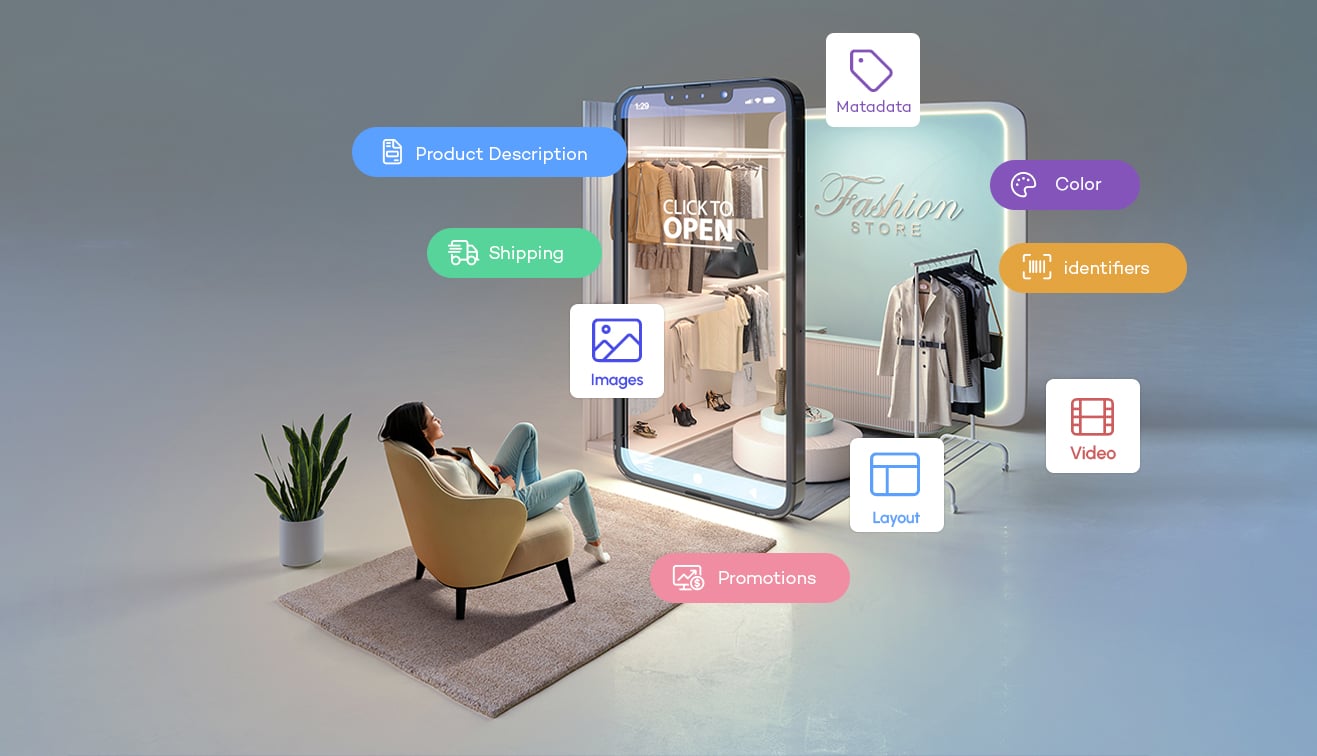





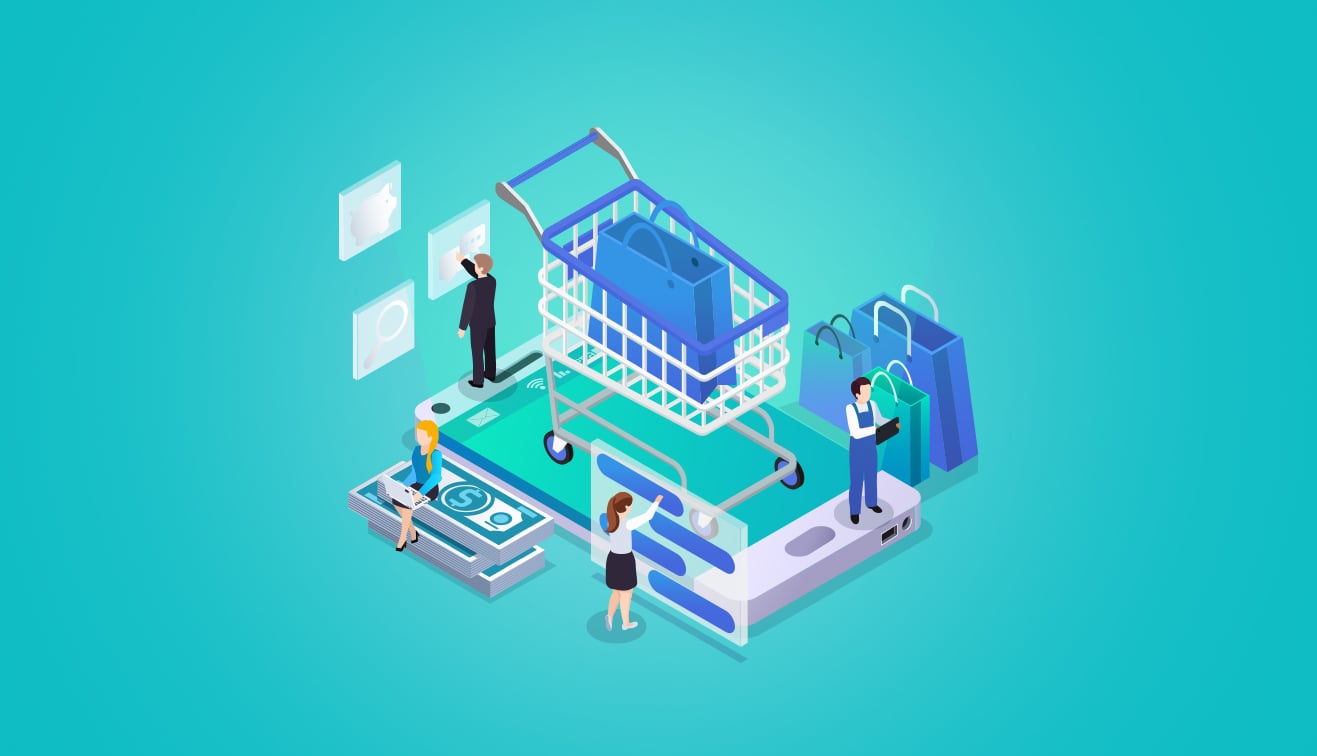

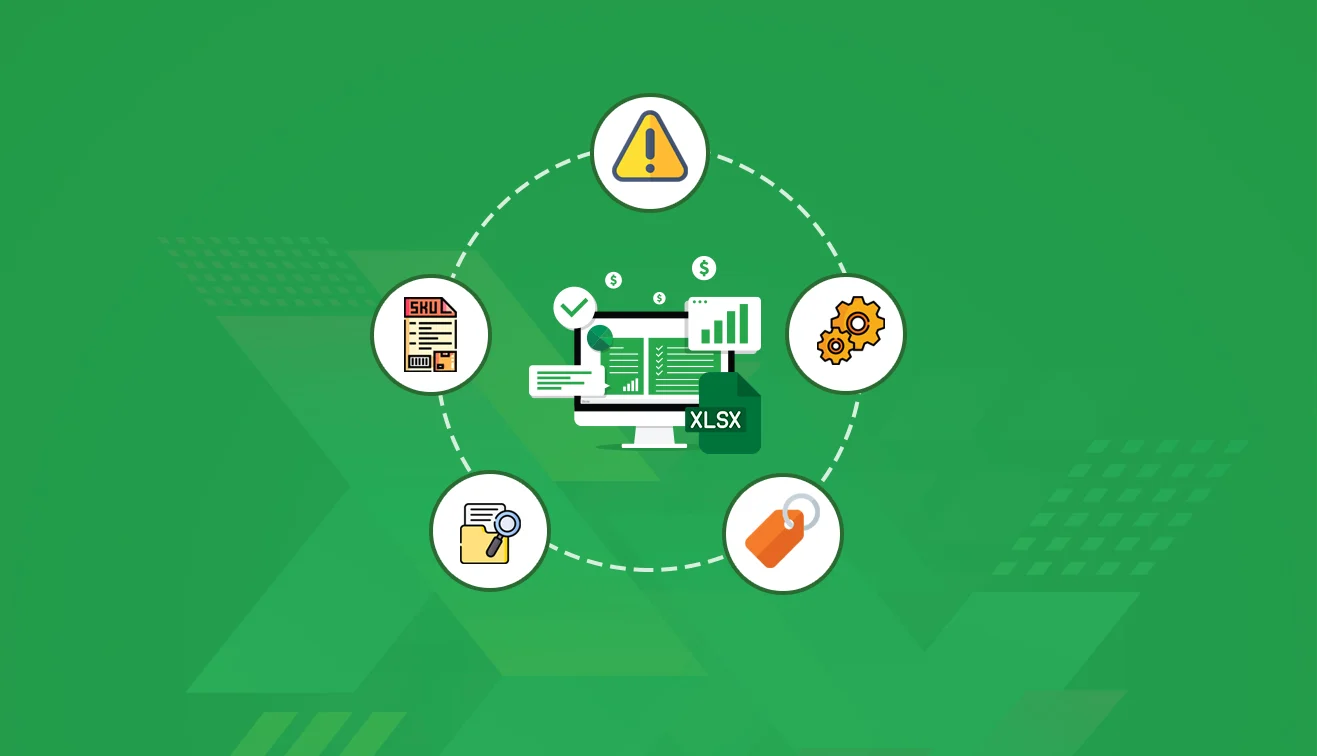
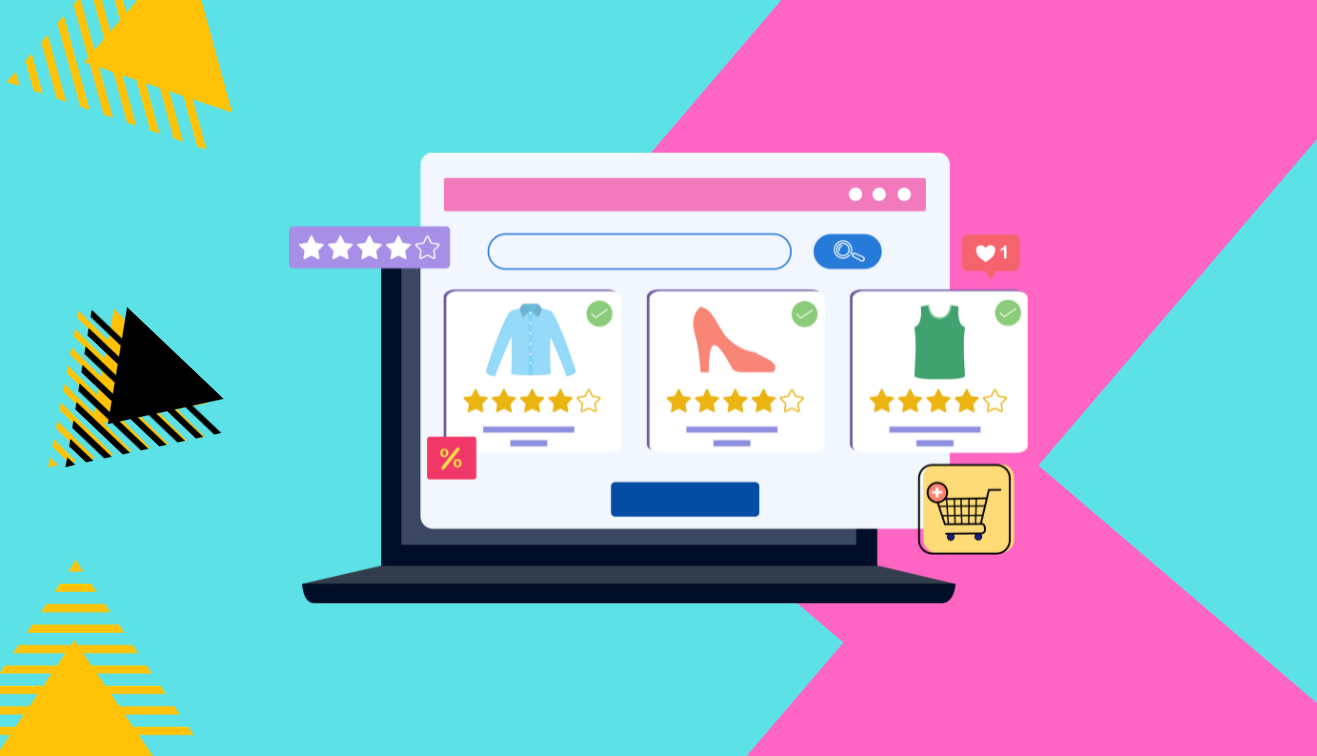
.jpg?w=3840&q=75)


.png?w=3840&q=75)
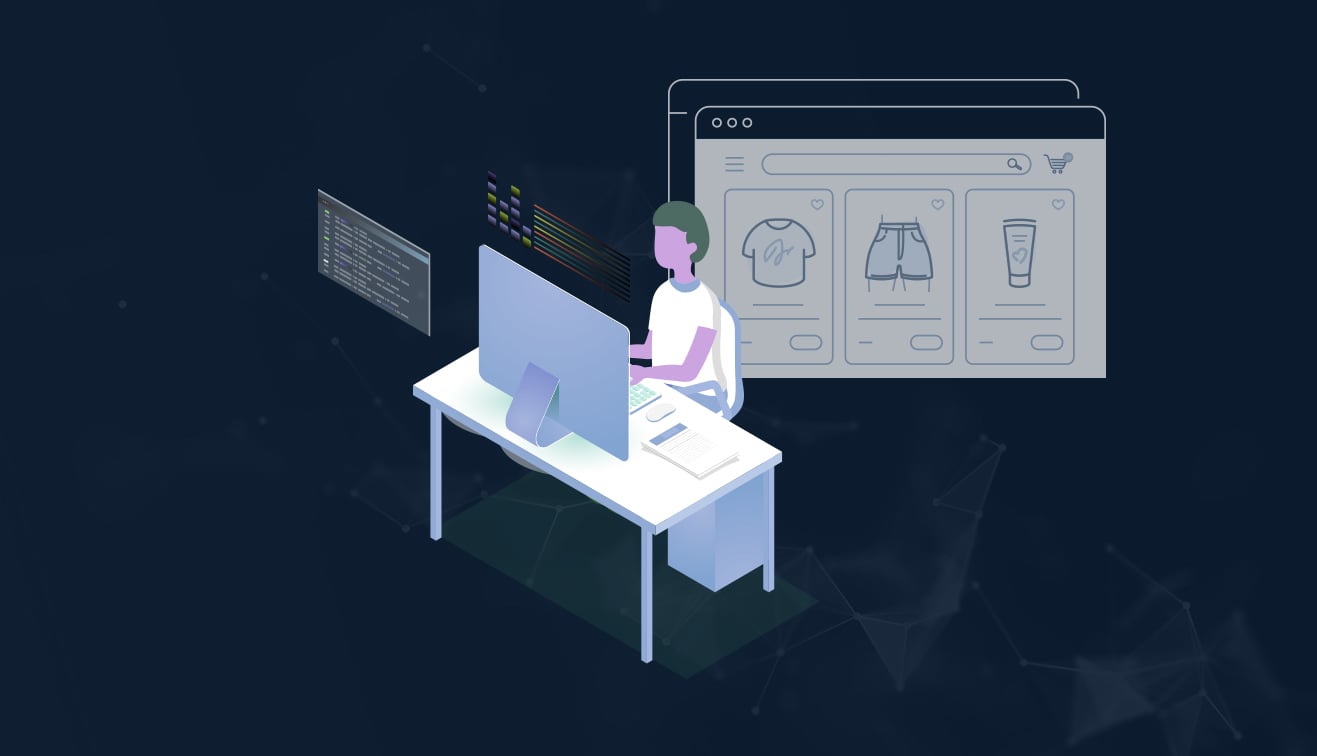



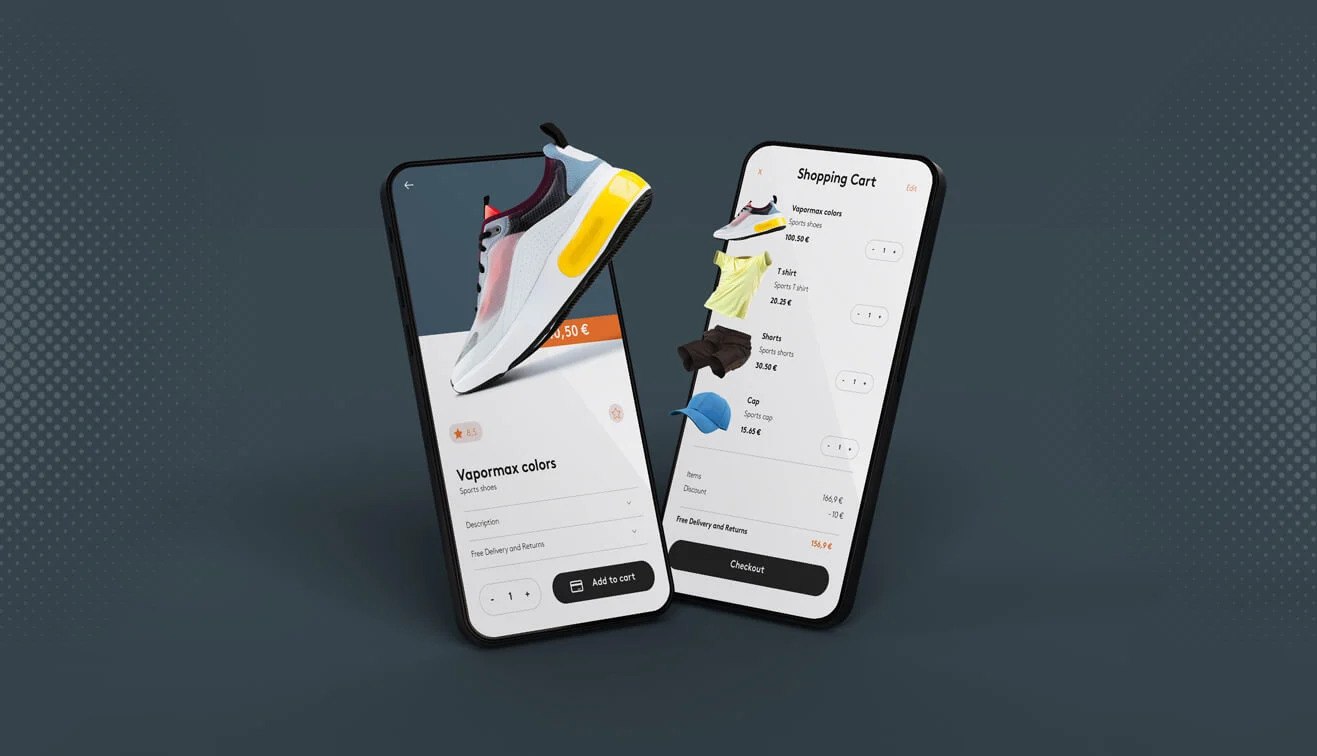



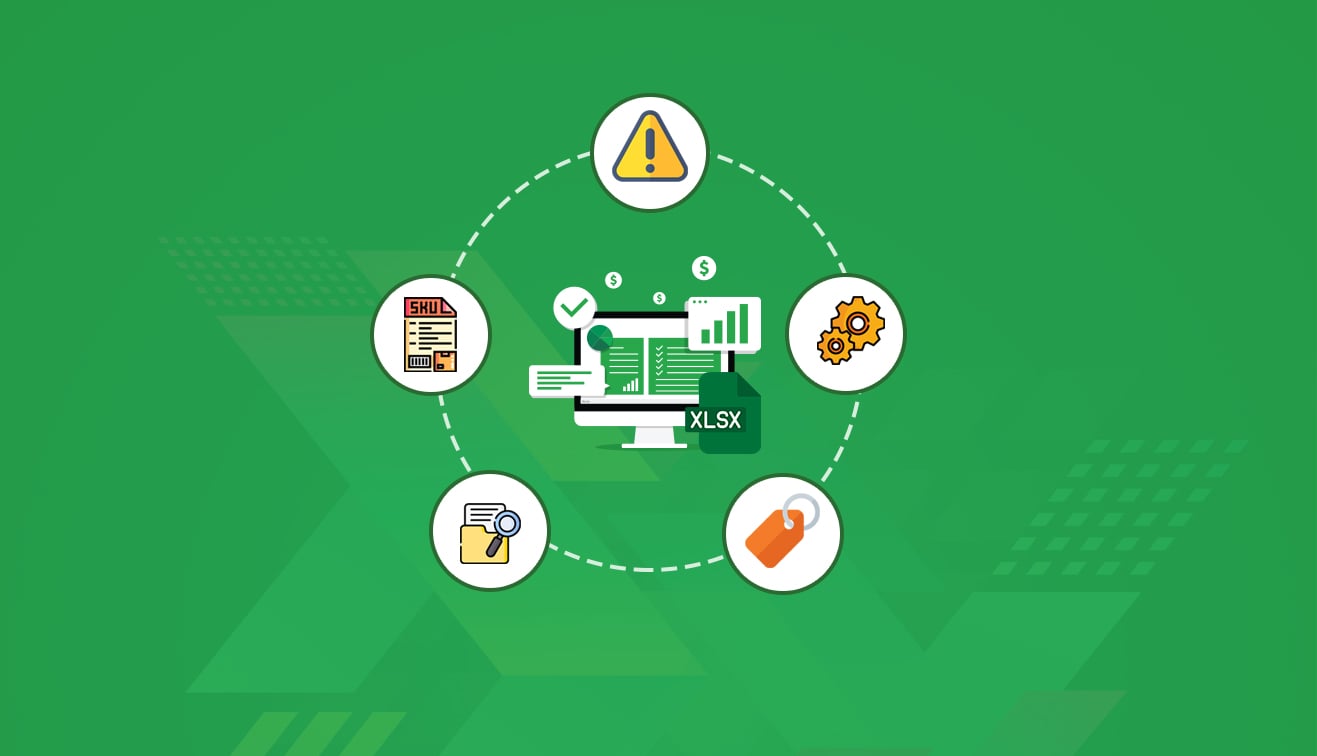
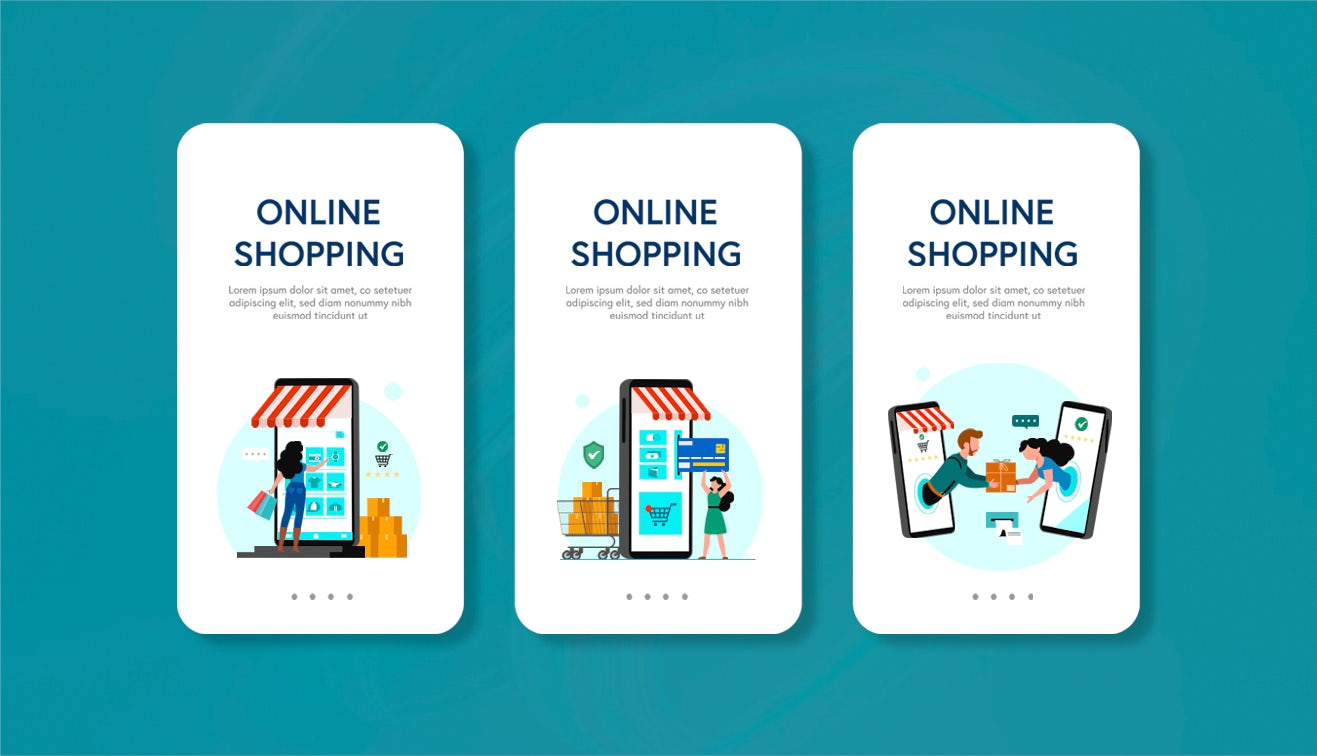

.jpg?w=3840&q=75)

